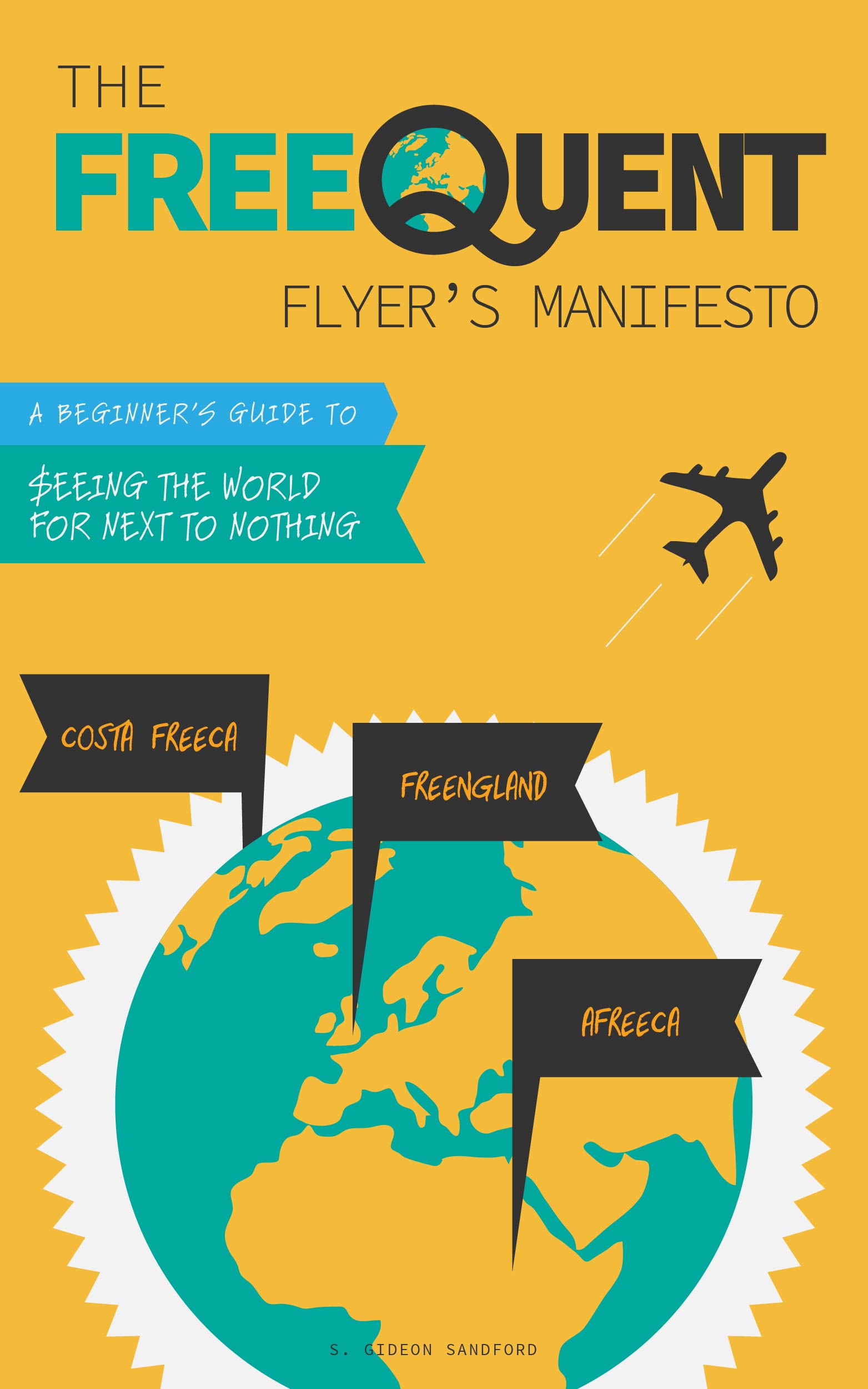I assume everyone who carries a Chase Freedom card has already received their quarterly text message telling them to register for next quarter's bonus categories of "restaurants and Lowe's home improvement stores."
So instead of reminding you to register for 5 Ultimate Rewards points per dollar spent on the Freedom in those categories next quarter, let me take the opportunity to continue my fruitless war against the Chase Sapphire Preferred.
The Sapphire Preferred, with its $95 annual fee, has 2 permanent bonus categories: restaurants and travel.
But neither category alone, nor both together, is worth a $95 annual fee. Here's why.
You should put non-bonused spend on a 2% cash back card
In non-bonused categories, a no-annual-fee 2% cash back card is clearly superior to a dollar spent on the Chase Sapphire Preferred. You would need to get over 2 cents per point in value from every Ultimate Rewards point earned in non-bonused categories in order to work your way up to a loss of only the $95 annual fee.
Just use the 2% cash back card instead.
You should put eligible travel purchases on the Barclaycard Arrival
As I reported back in December, the Arrival's definition of "travel" purchases doesn't align exactly with the Sapphire Preferred's. Namely, while Chase bonuses taxi fares, Barclaycard does not allow Arrival mile redemptions against them. That's a real difference, but of course its significance depends on how frequently you take taxis.
2 flexible Ultimate Rewards points are strictly more valuable than 2 Arrival miles, being worth a minimum of 2.5 cents towards paid travel through the Ultimate Rewards portal, compared to the 2 Arrival miles' value of 2.22 cents.
So why don't they justify putting your travel purchases on the Sapphire Preferred? Because of the annual fee.
Consider how much you'll have to spend in order to recoup the Sapphire Preferred's $95 annual fee:
- At 2.5 cents back per dollar, you'll need to spend $3,800 in travel categories in order to earn back the value of the annual fee.
- But it'll take another $3,040 to recover the $76 in value you would have earned from putting the initial $3,800 in travel spend on a no-annual-fee 2% cash back card!
- With the conservative valuation of 2.5 cents back per dollar spent in bonused travel categories, you'll need to spend $6,840 before you start showing a profit.
What makes the Barclaycard Arrival World MasterCard different? Redeeming Barclaycard Arrival miles against the same $6,840 in travel purchases will yield at least $752 in excess value over the 2% cash back card, with an annual fee of just $89:
- Redeeming 684,000 Arrival miles against a single transaction will yield a 10%, 68,400 mile, dividend, worth $684 towards a future redemption;
- That future redemption will yield a dividend of 6,840, redeemable for up to $68 towards a third purchase.
To rephrase this point slightly differently:
- The Barclaycard Arrival isn't superior in earnings to the Sapphire Preferred for travel purchases;
- It's superior to the Sapphire Preferred for travel purchases because that's how you can leverage its dominant 2.22% cash back earning rate on all non-bonused (manufactured) spend.
Lots of cards bonus restaurant spending
Earning 2 Ultimate Rewards points earned per dollar spent at restaurants with the Sapphire Preferred is a nice touch, but it's hardly revolutionary. Check out Frequent Miler's list of cards giving bonuses in various common categories to see why.
The no-annual-fee Chase Freedom offers 5 Ultimate Rewards points per dollar spent at restaurants this quarter.
So for 25% of this year you would be downright insane to put restaurant charges on your Sapphire Preferred card. And for the rest of the year, you can simply select restaurants as one of your US Bank Cash+ bonus categories to secure 5% cash back year-round on up to $2,000 per quarter spent at restaurants.
Conclusion
Leave the Sapphire Preferred at home.


